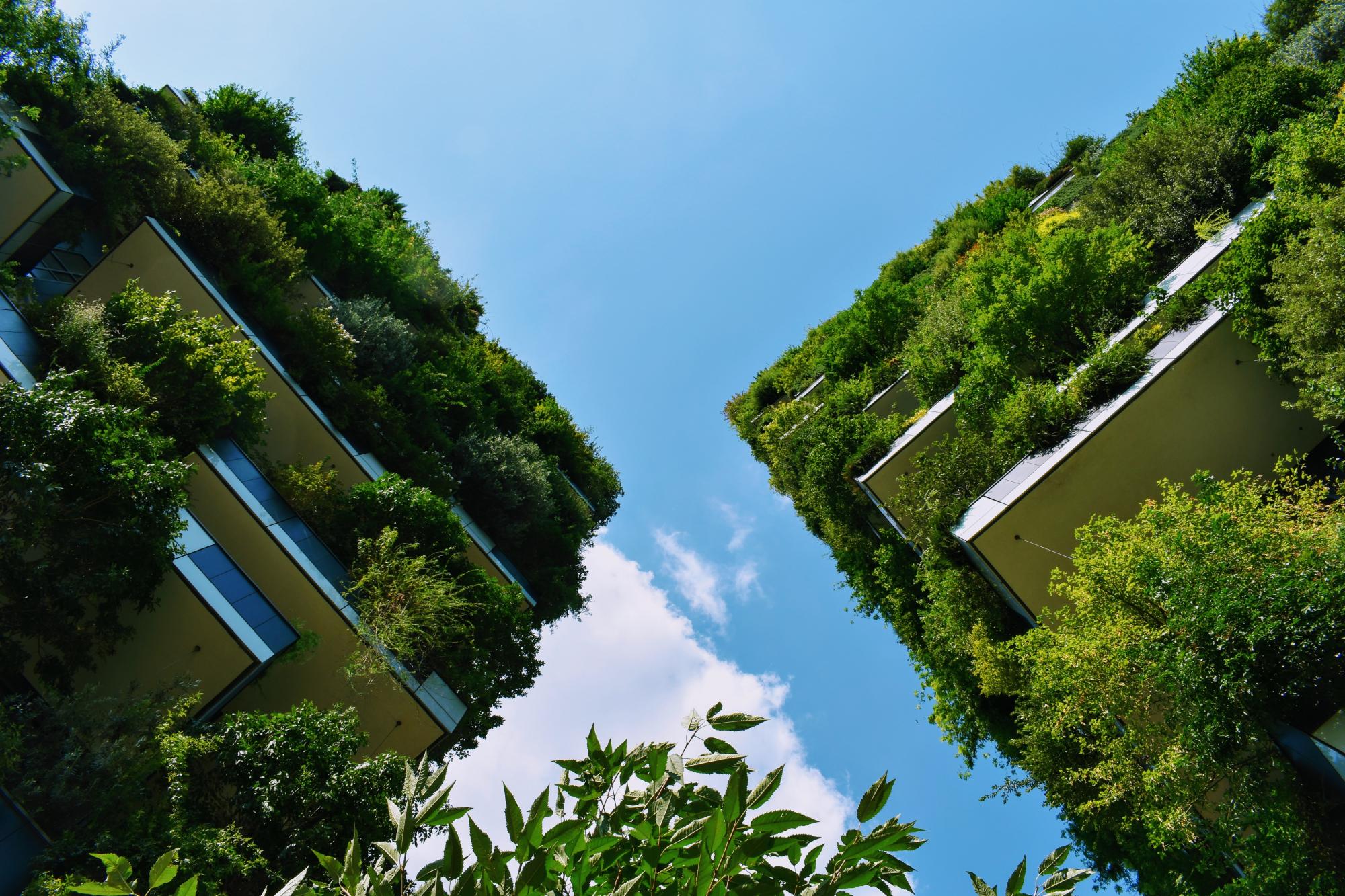Last updated: October 2021
B.Bylon Roof Park is a green park on top of the B.Amsterdam building which provides a healthy environment for employees and citizens of the neighbourhood. The park contains a vegetable garden, recreational facilities, meeting spots, sport facilities, a herb garden, a water basin, fruit trees, chickens and a restaurant (1,2,5,8). The roof park stores and uses storm water and an organic circular decomposing system provides plant nutrients. (4,7).
Overview
Nature-based solution
- Nature on buildings (external)
- Green roofs
- Parks and urban forests
- Pocket parks/neighbourhood green spaces
- Community gardens and allotments
- Community gardens
- Green areas for water management
- Rain gardens
- Sustainable urban drainage systems
- Other
Key challenges
- Climate action for adaptation, resilience and mitigation (SDG 13)
- Climate change adaptation
- Water management (SDG 6)
- Stormwater and rainfall management and storage
- Green space, habitats and biodiversity (SDG 15)
- Green space creation and/or management
- Environmental quality
- Air quality improvement
- Waste management
- Regeneration, land-use and urban development
- Promote natural styles of landscape design for urban development
- Health and well-being (SDG 3)
- Improving mental health
- Creation of opportunities for recreation
- Sustainable consumption and production (SDG 12)
- Sustainable consumption
- Sustainable production
Focus
Creation of new green areas
Project objectives
1. Create a healthy green environment for employees of B.Amsterdam and neighbourhood citizens for work meetings and for recreation (8)
2. Create a roof top park with garden features: vegetable garden, herb garden, fruit trees, shrubs with fruits, grapevines, chicken that provide eggs (5)
3. Have circularity as a central concept for garden design, waste management and storm water storage system. Accordingly, reduce the waste production through sustainable waste management: decomposing system in which organic waste from the restaurant and the garden is decomposed using chicken feaces and a Worm Hotel (5,7) Also, a storm water retention: part of the roof temporarily stores rain water by means of a water buffer and excess water flows into the sewage system decelerated and part of the roof completely stores all rain water which is used for irrigation for the plants, trees and crops (2,4)
4. Improving local climate by reducing temperature and air quality (3,8)
Implementation activities
- Planting of a mediteranean herb/vegetable garden, fruit trees, shrubs with fruits, grapevines, an edible flower meadow (5)
- Installation of recreation facilities for neighbourhood citizens and employees in the form of relaxing spots with hammocks, work meeting spots (5)
- Installation of sport facilities (jeux de boules) (5)
- Implementation of a decomposing system with Worm Hotel
- Installation of Polder Roof water retention system and a water basin
- Building of a rooftop restaurant Bureau that uses vegetables that are grown on the roof which is open for citizens and employees
(1,2,3,4,5,6,7,8)
Climate-focused activities
Climate change adaptation:
- Implement green walls or roofs to lower indoor temperature and provide insulation
- Implement sustainable urban drainage infrastructure (e.g. to make space for water)
Main beneficiaries
- Private sector/Corporate/Company
- Citizens or community groups
Governance
Management set-up
- Led by non-government actors
Type of initiating organisation
- Business association or network
- Private sector/corporate actor/company
Participatory approaches/ community involvement
- Dissemination of information and education
Details on the roles of the organisations involved in the project
B. Amsterdam (a building in which multiple businesses are located) desired a green park on top of the roof of the building. GrownDownTown (a company specialised in urban agriculture) has implemented the green roof park in cooperation with DakDokters (Roof Docters, a company specialised in green roofs) (1,2,3,6).
Project implemented in response to ...
... an EU policy or strategy?
No
... a national policy or strategy?
No
... a local policy or strategy?
No
Financing
Total cost
Unknown
Source(s) of funding
- Corporate investment
Type of funding
- Unknown
Non-financial contribution
No
Impacts and Monitoring
Environmental impacts
- Environmental quality
- Improved waste management
- Water management and blue areas
- Improved stormwater management
- Green space and habitat
- Promotion of naturalistic styles of landscape design for urban development
- Increased green space area
- Increased number of species present
Economic impacts
- Unknown
Socio-cultural impacts
- Social justice and cohesion
- Increased opportunities for social interaction
- Increased access to healthy/affordable food
- Increased sustainability of agriculture practices
- Health and wellbeing
- Improved mental health
- Gain in activities for recreation and exercise
Type of reported impacts
Achieved impacts
Presence of formal monitoring system
Unknown
Presence of indicators used in reporting
No evidence in public records
Presence of monitoring/ evaluation reports
No evidence in public records
Availability of a web-based monitoring tool
No
References
1. Rooftop Revolution. (n.d.). B. Amsterdam. Accessed on October 29, 2020, Source link
2. GrownDownTown. (n.d.). Eetbaar dakpark op B.Amsterdam. Website not available
3. GrownDownTown (n.d.). Rooffood. Website not available
4. GrownDownTown (n.d.). Vernieuwd RooftopPark B.Amsterdam. Website not available
5. RoofLife (n.d.). Over dit project. Accessed on October 29, 2020, Source link
6. DakDokters (n.d.) Dakpark/Daktuin B.Bylon. Accessed on October 29, 2020, Source link
7. Amsterdam Rainproof (2015). B.Bylon- Eetbaar dakpark. Accessed on October 29, 2020, Source link
8. Gelmers, W. (2016). Een groene oase op het dak. Accessed on October 29, 2020, Source link
2. GrownDownTown. (n.d.). Eetbaar dakpark op B.Amsterdam. Website not available
3. GrownDownTown (n.d.). Rooffood. Website not available
4. GrownDownTown (n.d.). Vernieuwd RooftopPark B.Amsterdam. Website not available
5. RoofLife (n.d.). Over dit project. Accessed on October 29, 2020, Source link
6. DakDokters (n.d.) Dakpark/Daktuin B.Bylon. Accessed on October 29, 2020, Source link
7. Amsterdam Rainproof (2015). B.Bylon- Eetbaar dakpark. Accessed on October 29, 2020, Source link
8. Gelmers, W. (2016). Een groene oase op het dak. Accessed on October 29, 2020, Source link








